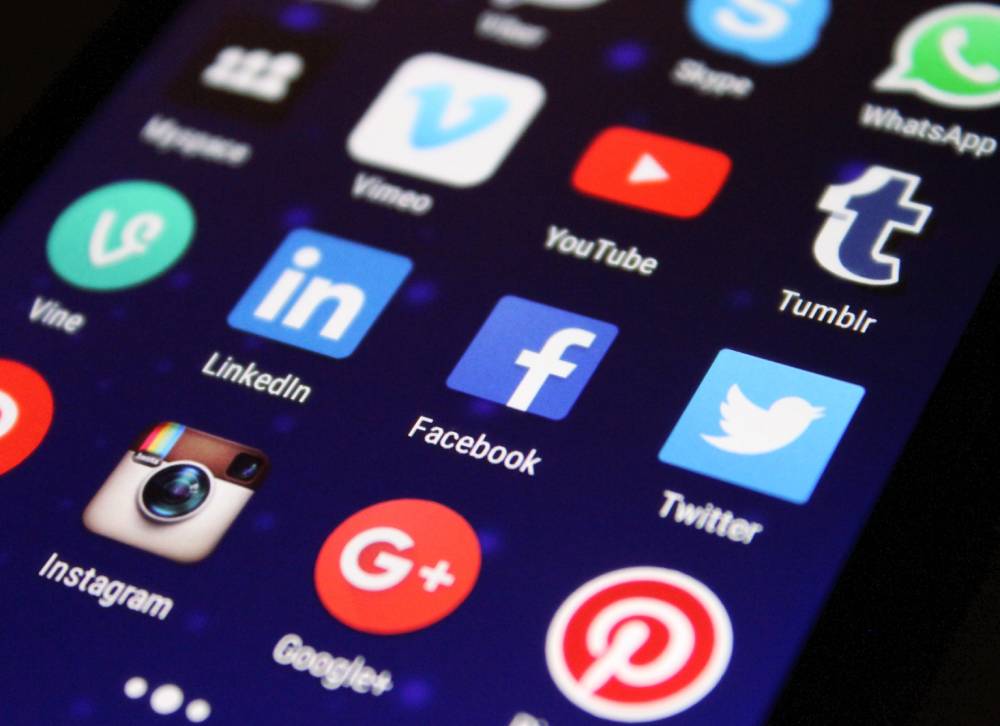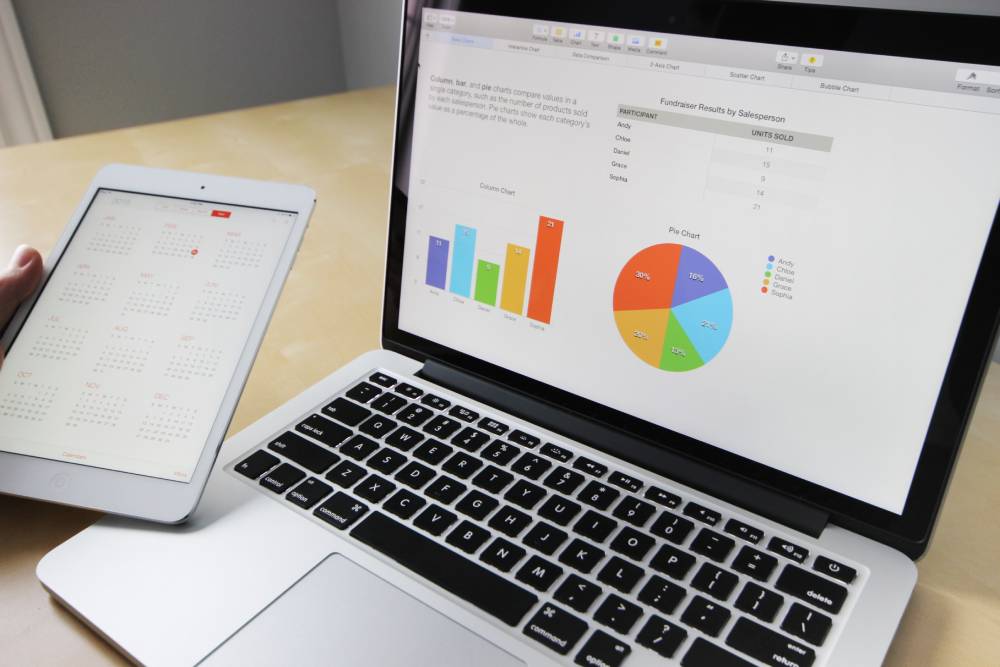
The pandemic impacted a lot of businesses negatively and changed the scenery for advertising. With insurmountable losses, companies started adapting to new strategies to survive.
According to Bloomberg’s projections in March 2020, the Coronavirus could cause worldwide economic losses amounting to $2.7 trillion.
It is a pretty significant amount that would mean the bankruptcy of many companies and the survival of only those who can adapt immediately.
With this immense change, many companies found a newfound hope to recover by maximising their digital marketing efforts.
In this article, you’ll learn more about the latest digital marketing trends and applicable marketing strategies you can adapt to flourish your business during the pandemic.
Essential Trends In Digital Marketing During The Pandemic
2020 saw a significant shift to prioritise digital marketing and, along with it, are notable trends that manifested during the year.
Change on consumer behavior
Restrictions on outside activities forced consumers to stay at home, leaving people with no choice but to shop online.
This change of lifestyle contributed to the decisions of brands to offer their services online for the first time.
Google search is not only limited to news updates and crisis inquiries. It is also used by consumers to find the best online products.
People’s spending habits also changed, with the priority shifting to food and health products instead of the usual online market dominators, such as clothing, shoes, and accessories.
Differences in sales per industry
Online marketing is not beneficial to all industries.
While some of them thrive, some experience a significant decrease in sales conversion during the crisis. Unfortunately for others, their businesses just couldn’t adapt appropriately.
Reflecting on this trend, food, healthcare, media, and the pharmaceutical industries were the biggest winners in sales conversion.
On the other hand, transportation, travel, and construction experienced relevant losses, indicative of the lockdowns that happened around the world.
However, as the situations vary from country to country, some businesses are already starting to bounce back from the crisis.
Unfortunately for others, it may take a while until they can return to business as usual.
The decline in the competition made paid ads cheaper
Stores that are forced to close and those who weren’t able to integrate online caused a decrease in the competition.
Due to this development, paid ads became cheaper across all platforms. Smaller businesses were able to take advantage of decreased cost-per-click (CPC) fees that were once dominated by established brands.
Return of investments on paid ads for these businesses grew significantly up to 71% more than pre-COVID 19.
With the current market trends, here are the best ways you can strategise your marketing campaigns to adapt to today’s situation.

Digital Marketing in the Time of COVID-19
4 Digital Marketing Strategies To Do During The Pandemic
1. Invest in Pay-Per-Click (PPC)
Think your old marketing strategy would work? Here’s some news: the same method that worked before COVID-19 might not be as effective anymore.
Every marketing expert can agree that investing in PPC in 2020 is a no-brainer!
With the price down, you have a chance to use this form of advertising that was once very competitive.
Even if you already have a set spending on PPC, you should try ramping it up to get ahead of your competitors.
2. Add social media marketing as a top priority
Using social media is considered as the majority’s favorite pastime activity even before the pandemic.
Now that people have so much time to themselves, social media activity is at its peak!
According to eMarketer’s findings, Facebook witnessed a surge in activity on all of its features by about 70% last March.
Techniques like social listening can help you target specific audiences using special social media management tools.
You can also take advantage of video content marketing, especially on platforms like Tiktok and Instagram.
3. Plan your content around videos and infographics
Content marketing through videos and infographics are more prominent now than traditional blogs and articles.
According to Social Media Today, around 54% of consumers prefer video marketing amongst all content types.
Here’s why: visually appealing content is easier to understand and remember!
If you’re looking to restructure your campaign, it’s best to shift your strategy towards entertaining videos and enticing infographics to connect to more people.
Online photo editing software like Canva or Adobe Online can come in handy when creating these eye-catching infographics and videos.
In addition, live streaming can also be an alternative strategy.
According to Facebook’s latest report, the number of people watching live content this year rose to 50%.
You can use live videos when launching promotional events, educational purposes, tutorials, and webinars.
4. Improve your search engine optimisation (SEO) strategies
With the situation varying from one country to another, search engines also see a difference in their users’ search habits.
For one, healthcare as an industry has boomed so much in this pandemic.
With the rise of health trends, healthcare content marketing effortlessly made its way to the top of the search results.
In international SEO, trends show that restructuring content to fit geographic locations has led to tremendous success in the search rankings.
To increase website rankings, you can focus your SEO efforts to fit specific locations and demographics in different parts of the world.
Keep in mind that SEO is a long-term strategy. Optimising your content now can bring you large dividends later on, even after COVID-19.

Digital Marketing during COVID-19
Boost Your Digital Marketing During The Pandemic!
Digital marketing during COVID-19 may have changed the advertising landscape for the future with the new strategies and shift in trends.
To survive and keep your business afloat, it’s important to revisit your marketing plans and adjust to what’s currently working.
Keeping up with the trends might be challenging, but you’ll reap the rewards of a flexible and adaptable marketing strategy, especially during this pandemic.
With all these new strategies in mind, your business will be able to fully adapt to the “new normal.”
About the Author
Dana Munoz is the SEO Content Manager and Team Lead for Digitalis Medical, an Arizona-based digital healthcare growth agency. She helps healthcare companies across the USA increase traffic and engagement to their websites using Digitalis’ proprietary Digitalis Growth System.
